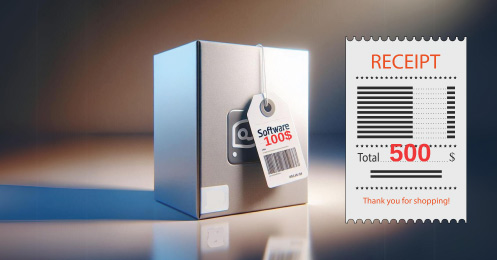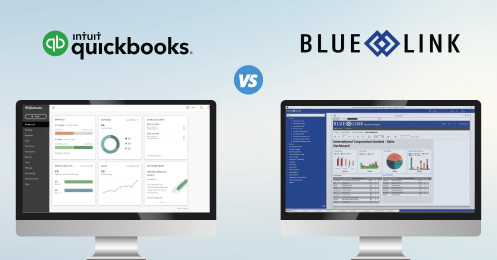Ever heard of the Goldilocks factor? Yes, as in Goldilocks and the Three Bears. It may be a children’s fairytale, however, the principle of getting things ‘just right’ can be applied to many factors of a wholesale distribution business, especially when it comes to the endless balancing act of inventory management. Order too much product and you’re left with dead stock and markdowns, order too little stock and you miss out on potential sales and hinder customer loyalty– so how do you get inventory purchasing just right? Well, it can be far from a fairytale without the right wholesale inventory software in place to track and update the movement of inventory. Here's why.
Determining and Automating Inventory Reorder Points
Determining inventory reorder points (sometimes referred to as levels) allow warehouse managers to essentially know the best time to order more product. The software is notified when the inventory reorder point is reached and will automatically create a PO to be modified or approved.
Tracking the movement of inventory (product in, product out) and being able to access historical sales information on specific products within a given timeframe is crucial to making data-driven decisions on how much of a specific product to reorder. If your wholesale distribution business tracks inventory manually using pen and paper, there are numerous updates that must occur on a daily basis. You must record the movement of inventory in log books and update the book whenever product is bought. Now, for businesses that are just getting started and don’t have a lot of inventory or sales, this may be a quite simple process, however, as your business grows and sales volumes increase, these manual processes can become increasingly time-consuming and prone to human error.
This was the case for one of Blue Link’s customers, Predator Group. Their previous system lacked the automation capabilities needed to execute inventory management processes efficiently. Instead, staff had to track all inventory manually, via spreadsheet. Since nothing was updated automatically, staff had to spend hours each week painstakingly entering new information into these spreadsheets in order to stay on top of everything. This made reordering their cue components particularly challenging. “We found that we were always running out of components for our products,” says David Morrison, an accounting assistant at Predator Group.
With the help of Blue Link’s Wholesale Inventory Software, they were able to automatically assess which components need to be ordered and automatically generate purchase orders for these items.
Extensive Reporting Capabilities
Blue Link's Wholesale Inventory Software utilizes robust reporting capabilities to pull historical sales data based on product within a given timeframe. You can easily pull sales information from within Blue Link to view data for the number of units presently on hand for individual or multiple items, units on backorder, units on purchase order and average monthly units sold.
So, let's say you have 672 pink toothbrushes on hand and none are on backorder or currently associated with a PO. The average monthly units sold for this item is 1,976 and you want to know the amount to order for the next two months. One way to automate this process is to live-link the inventory data into an Excel template for tracking inventory reorder points. The spreadsheet will automatically calculate the quantity you need for 2 months (as a recommended reorder level) at 3,952 based on the monthly average. The spreadsheet will also flag the item as LOW inventory since the amount on hand is not sufficient enough to fill future orders. You then have the option to push this reorder data back into Blue Link to 'update reorder levels' and automatically create the necessary POs.
Learn More about Inventory Management Best Practices by downloading our eBook.
Abnormal Sales
You can also flag abnormal sales so it doesn't impact the monthly average projection. Let's say a repeat customer decides to order 15,000 pink toothbrushes for the next two months (which is a one time order and will likely not happen again). You can flag this sale as abnormal so the system won't take it into account when calculating average monthly units sold when you go to purchase more inventory.
Identifying Opportunities
Assessing the average number of a particular item sold within a given timeframe also allows you to identify products that are trending upwards beyond normal sales growth parameters and which products are slow moving. You can also determine and adjust reorder levels taking into consideration other factors such as seasonality, if applicable, and adjust/set replenishment rules like min/max points for specific products.
Proper systems and processes for managing and automating reorder points will help save your company money and time, and keep your customers happy. This allows employees to focus their efforts on other aspects of the company, instead of manually updating spreadsheets. It also helps your salespeople determine which items to sell and how much inventory is available.










